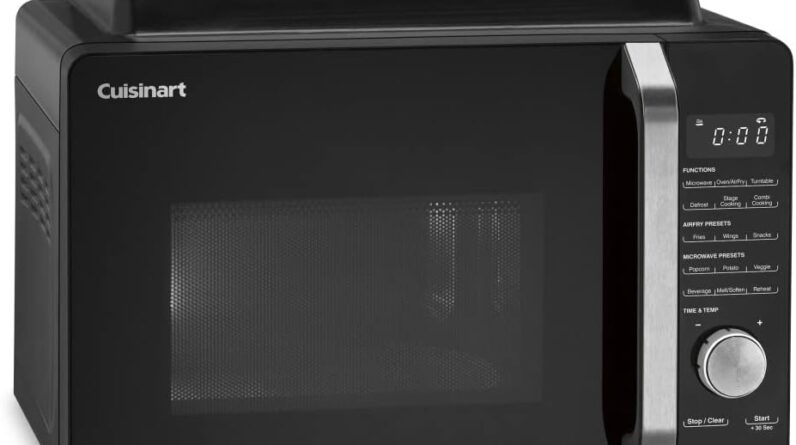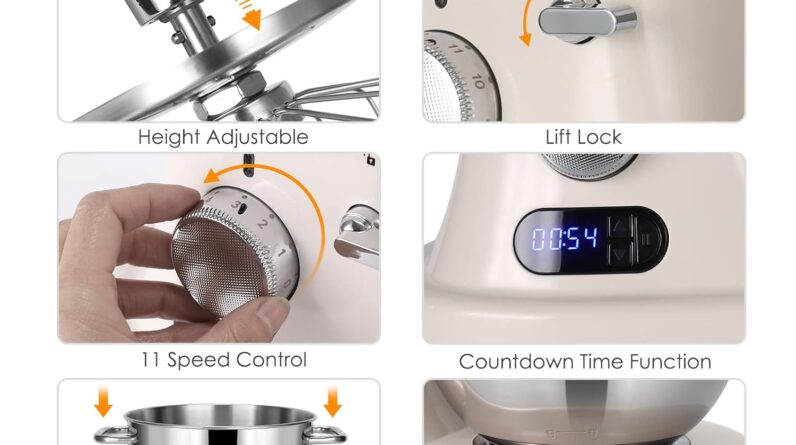
Microwaves are a convenient and essential appliance in most households, but what happens when they start acting up? If you’ve ever experienced frustrating microwave problems, fear not! In this article, we’ll share some valuable tips and tricks that will help you troubleshoot and resolve common issues that may arise with your microwave. Whether it’s a malfunctioning turntable, a stubborn door latch, or even a mysterious lack of heating, we’ve got you covered. With our easy-to-follow instructions and friendly advice, you’ll be able to get your microwave back in top shape in no time.
Microwave not turning on
Check power source
If your microwave is not turning on, the first step is to check if it is properly connected to a power source. Make sure that the power cord is securely plugged into an outlet that is working. You can try plugging in another appliance into the same outlet to verify if it is functioning properly. If the outlet is not receiving power, check your circuit breaker or fuse box to see if the circuit has been tripped or if the fuse needs to be replaced.
Inspect power cord
Sometimes, the issue might lie with the power cord itself. Inspect the cord for any visible damage such as cuts, frays, or exposed wires. If you notice any damage, it is essential to replace the power cord immediately to avoid any safety hazards.
Test fuse
If your microwave is not turning on, it could be due to a blown fuse. Locate the fuse inside the microwave and carefully remove it. Use a multimeter to test the continuity of the fuse. If the multimeter shows no continuity, the fuse is faulty and needs to be replaced. Make sure to use the same type and rating of fuse as the original one.
Reset circuit breaker
If your microwave is connected to a circuit breaker, it is possible that the breaker may have been tripped. Locate your circuit breaker panel and check if any of the switches have flipped to the off position. If you find a tripped breaker, switch it back on and try turning on the microwave again.
Microwave running but not heating
Check power level
If your microwave is running but not heating the food, the power level might be set too low. Make sure that the power level is properly adjusted according to the cooking requirements. Increasing the power level should help in heating the food more efficiently.
Inspect door seal
A faulty door seal can cause heat to escape from the microwave, resulting in inefficient heating. Inspect the door seal for any visible signs of damage or wear. If you notice any cracks, gaps, or a loose seal, it is recommended to replace the door seal to ensure proper heating.
Clean the interior
Over time, food particles and grease can accumulate inside the microwave, which can hinder its heating capabilities. Clean the interior of the microwave thoroughly, including the walls, ceiling, and floor. Use a mild detergent and warm water to remove any stains or build-up. Make sure to dry the interior completely before using the microwave again.
Test magnetron
The magnetron is responsible for generating the microwave energy that heats the food. If the magnetron is faulty, it can result in the microwave running but not producing any heat. Testing the magnetron requires expertise and specialized equipment, so it is recommended to contact a professional technician to diagnose and replace the magnetron if necessary.
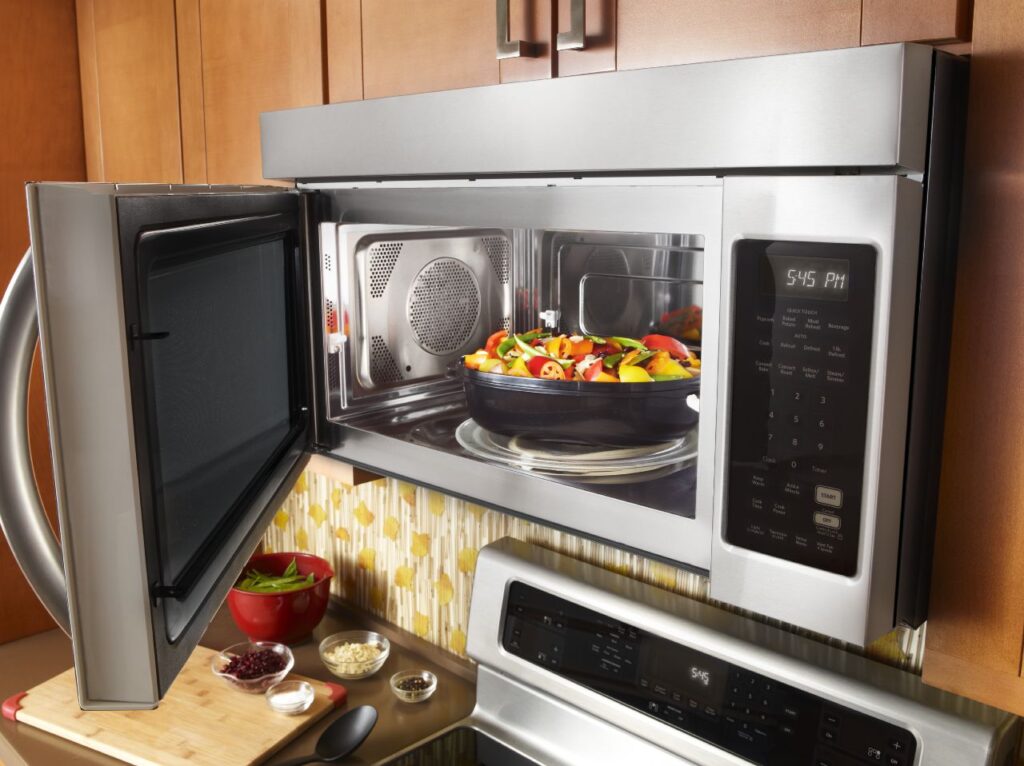
This image is property of applianceexpresstx.com.
Sparks or fire inside the microwave
Remove metal objects
Metal objects should never be placed inside a microwave as they can cause sparks or fires. If you notice sparks or flames inside the microwave, immediately turn it off and remove any metal objects that might be causing the issue. Metal utensils, aluminum foil, or containers with metallic accents should never be used in the microwave.
Inspect the waveguide cover
The waveguide cover is a protective cover inside the microwave that prevents food and moisture from entering sensitive electronic components. If the waveguide cover is damaged or if food particles have built up on it, it can cause sparks or fire. Inspect the waveguide cover for any signs of damage and clean it if necessary. If the cover is severely damaged, it should be replaced.
Check for any damaged components
Inspect the interior of the microwave for any visible signs of damaged components, such as loose wires, burnt connectors, or charred areas. If you notice any damaged components, it is crucial to stop using the microwave immediately and have it inspected and repaired by a professional technician. Continued use of a damaged microwave can be hazardous.
Contact a professional if needed
If sparks or fire occur inside the microwave, it is recommended to contact a professional technician for assistance. Attempting to repair or troubleshoot the issue yourself can be dangerous. A trained technician will have the expertise and proper tools to diagnose and repair the problem safely.
Microwave plate not rotating
Check rotating mechanism
If the microwave plate is not rotating, check the rotating mechanism to ensure it is functioning properly. The rotating mechanism usually consists of a turntable motor and a coupler that connects the motor to the turntable. Inspect the coupler for any damage or wear. If the coupler is broken or worn out, it will need to be replaced.
Inspect drive motor
The turntable motor is responsible for rotating the plate. If the motor is faulty or not receiving power, it can cause the plate to stop rotating. Carefully inspect the motor for any visible signs of damage or overheating. If the motor is damaged, it will need to be replaced. If the motor is not receiving power, check the wiring connections or contact a professional technician for assistance.
Clean the turntable and spindle
Food particles or debris can accumulate on the turntable and spindle, inhibiting their ability to rotate smoothly. Remove the turntable and clean it thoroughly with warm, soapy water. Also, clean the spindle and make sure it is free from any obstructions. Once cleaned, reassemble the turntable and check if it rotates properly.
Replace worn-out parts
If the rotating mechanism, turntable motor, or any other parts are worn out or damaged beyond repair, they will need to be replaced. Contact the microwave manufacturer or a professional technician to obtain the appropriate replacement parts and for assistance in installing them correctly.
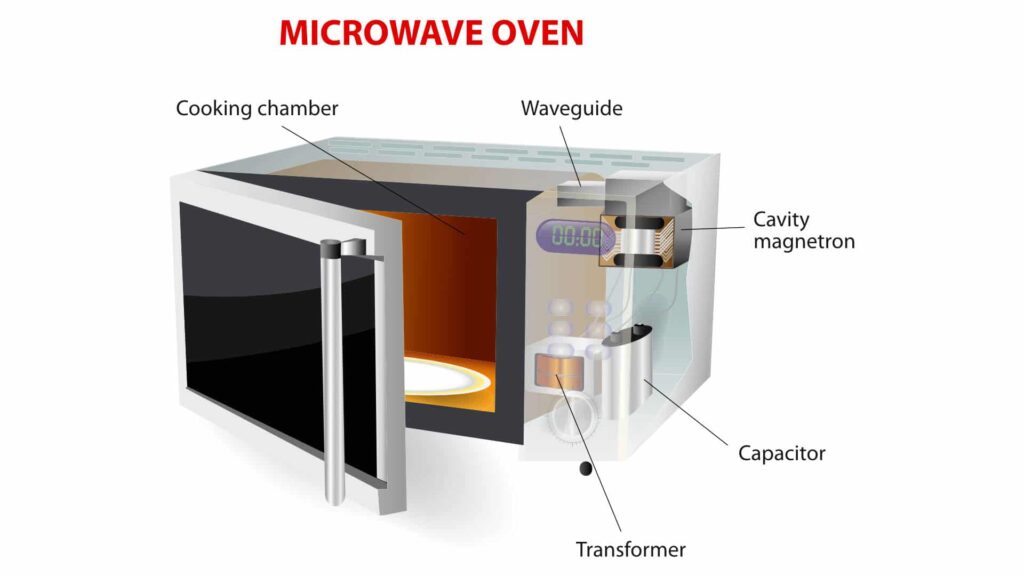
This image is property of flamingoappliance.com.
Microwave buttons not responding
Reset the microwave
In some cases, a simple reset can resolve unresponsive buttons on the microwave. Unplug the microwave from the power source, wait for a few minutes, and plug it back in. This can often eliminate any temporary software or electrical glitches causing the unresponsiveness.
Check for stuck buttons
Stuck or jammed buttons can prevent the microwave from registering your inputs. Inspect the control panel and ensure that none of the buttons are physically stuck or obstructed. Gently press each button to verify if they are clicking properly. If you notice any stuck buttons, try gently prying them back up using a plastic tool or contacting a professional technician for assistance.
Inspect control panel
Examine the control panel for any visible signs of damage, such as cracked display, moisture damage, or loose wiring connections. If you notice any issues, it is advisable to contact a professional technician to assess and repair the control panel.
Replace control board if necessary
If all the buttons on the microwave are unresponsive, it is likely a problem with the control board. The control board houses the electronic components that register and process your inputs. If the control board is defective, it may need to be replaced. Contact the microwave manufacturer or a professional technician for further assistance.
Microwave making unusual noises
Inspect carousel roller ring
The carousel roller ring supports the turntable and ensures smooth rotation. If the microwave is making unusual noises, check the carousel roller ring for any damage or misalignment. Ensure that it is securely in place and rotates freely. If the roller ring is damaged or loose, it may need to be replaced.
Check for loose parts
Vibrations from the microwave’s operation can cause screws, bolts, or other parts to become loose. Carefully inspect the interior of the microwave for any loose parts and tighten them if necessary. Pay attention to the fan, motor, and other moving components, as loose parts can interfere with their operation and cause unusual noises.
Clean or replace turntable motor
The turntable motor can sometimes become dirty or worn, resulting in unusual noises. Clean the turntable motor using a soft brush and a mild detergent. If cleaning does not resolve the issue, replace the turntable motor as it may be defective.
Contact a technician if noise persists
If the microwave continues to make unusual noises even after checking and addressing the possible causes, it is advisable to contact a professional technician for further inspection and repair. They will be able to diagnose the issue accurately and provide the necessary solutions.
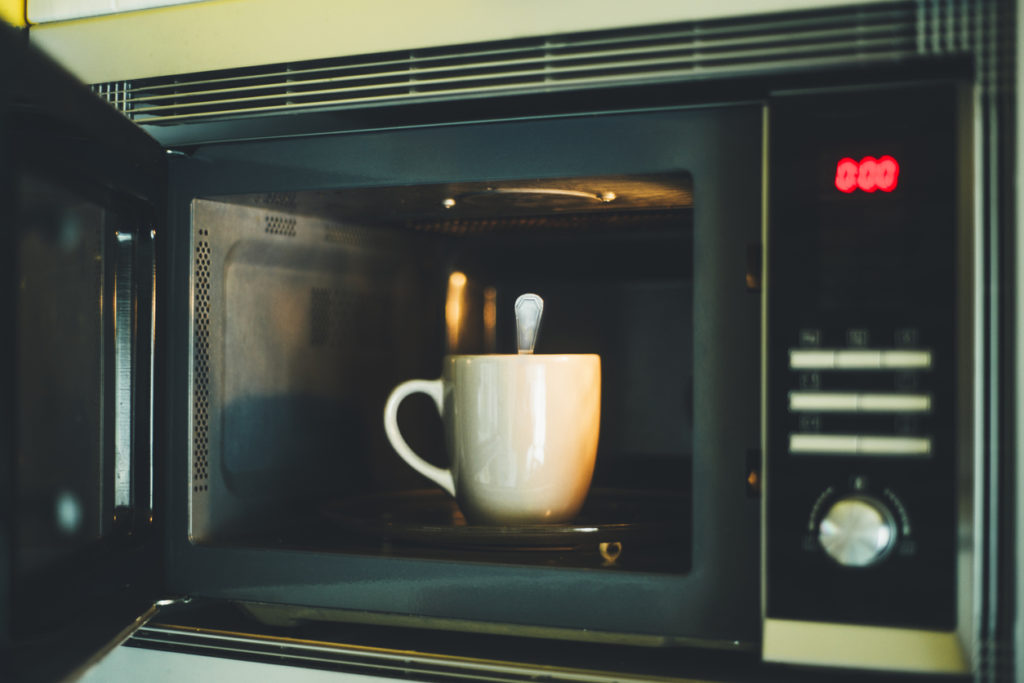
This image is property of www.glotechrepairs.co.uk.
Microwave door not closing properly
Clean dirt or debris around door
Dirt, grease, or food particles can accumulate around the microwave door, hindering its closing mechanism. Clean the area around the door thoroughly using a mild detergent and warm water. Pay attention to the door edges, hinges, and latch. Remove any debris or residue that may be preventing the door from closing properly.
Inspect latch or hinges
Inspect the door latch and hinges for any visible signs of damage, such as cracks, bends, or misalignment. If you notice any issues with the latch or hinges, they may need to be repaired or replaced. Contact a professional technician for assistance.
Adjust door alignment
In some cases, the microwave door may be misaligned, causing it not to close properly. Gently adjust the door alignment by slightly loosening the screws securing the hinges and moving the door to the correct position. Once aligned, tighten the screws back in place.
Replace faulty door switch
If the door switch is faulty, the microwave may not start or work correctly. The door switch is a safety feature that prevents the microwave from running when the door is open. If the switch is not making proper contact or is defective, it will need to be replaced to ensure the door closes and the microwave operates safely.
Microwave displaying error codes
Refer to the user manual
When your microwave displays error codes, the first step is to refer to the user manual. The manual typically includes a troubleshooting section that provides explanations for various error codes and suggested solutions. Follow the instructions provided in the manual to resolve the specific error code.
Power cycle the microwave
Sometimes, power cycling the microwave can eliminate temporary errors or glitches. Simply unplug the microwave from the power source, wait for a few minutes, and plug it back in. This can reset the internal components and clear any error codes.
Check for specific error code solutions
If the user manual does not provide a solution for a specific error code or if the suggested solution does not resolve the issue, conduct an online search using the error code and the microwave model number. Many manufacturers have online support forums or customer service helplines where specific error code solutions are shared by experts and other users.
Contact manufacturer or technician for assistance
If you are unable to resolve the error code issue using the manual or online resources, it is recommended to contact the microwave manufacturer’s customer support or a professional technician. They will be able to provide specific guidance and assistance tailored to your microwave model and the error code being displayed.
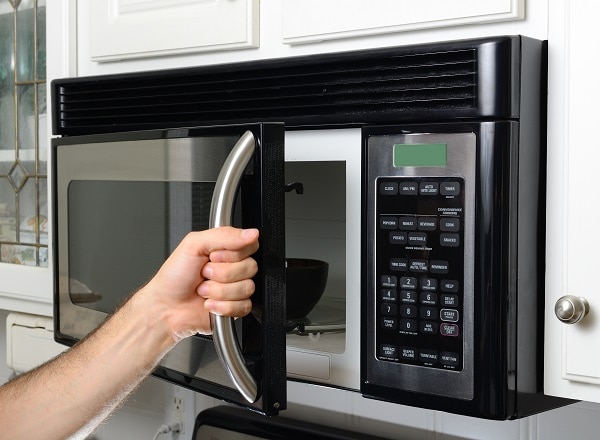
This image is property of www.capitalcityapplianceservice.com.
Microwave overheating
Check vent openings
Overheating in a microwave can occur due to blocked or restricted vent openings. Inspect the vent openings on the microwave’s exterior and ensure they are not obstructed by dust, debris, or any other objects. Use a soft brush or a vacuum cleaner on a low setting to clean the vent openings and remove any blockage.
Clean air intake and exhaust
The air intake and exhaust areas of the microwave can accumulate dust and grease over time, hindering proper airflow and causing overheating. Carefully clean the air intake and exhaust areas using a soft brush and a mild detergent. Ensure that the areas are thoroughly cleaned and free from any build-up.
Remove any obstructions
Sometimes, the inside of the microwave can become cluttered with cookware, containers, or food items that block the airflow, leading to overheating. Remove any unnecessary items from inside the microwave and ensure that there is enough space for proper air circulation during operation.
Contact a professional if problem persists
If your microwave continues to overheat even after following the above steps, it is advisable to contact a professional technician for further inspection and repair. Overheating can be a sign of more complex issues that require expert knowledge to diagnose and fix.
Microwave not defrosting properly
Adjust power settings
When defrosting food in a microwave, it is crucial to adjust the power settings correctly. Follow the recommended defrosting guidelines provided in the microwave’s user manual. Lower power settings allow for more even and gradual defrosting, preventing the food from cooking unevenly or becoming partially cooked.
Arrange food evenly on the turntable
Properly arranging the food on the turntable during defrosting is essential for even defrosting. Ensure that the food is spread out in a single layer and not clumped together. This allows the microwaves to penetrate the food more evenly and promotes consistent defrosting.
Rotate or flip food during defrosting
To ensure thorough and uniform defrosting, it is beneficial to rotate or flip the food halfway through the defrosting process. This helps distribute the heat more evenly and avoids any areas remaining frozen while others are defrosted.
Check if defrosting time is accurate
If your microwave consistently fails to defrost food properly according to the specified time in the user manual or on the packaging, it is possible that the defrosting time setting is inaccurate. Contact the microwave manufacturer’s customer support or consult a professional technician to address this issue and recalibrate the defrosting settings if necessary.
By following these troubleshooting tips, you can address common microwave issues and potentially save on costly repairs or replacements. Remember to always prioritize your safety and consult a professional if you are unsure or uncomfortable with performing any repairs yourself.
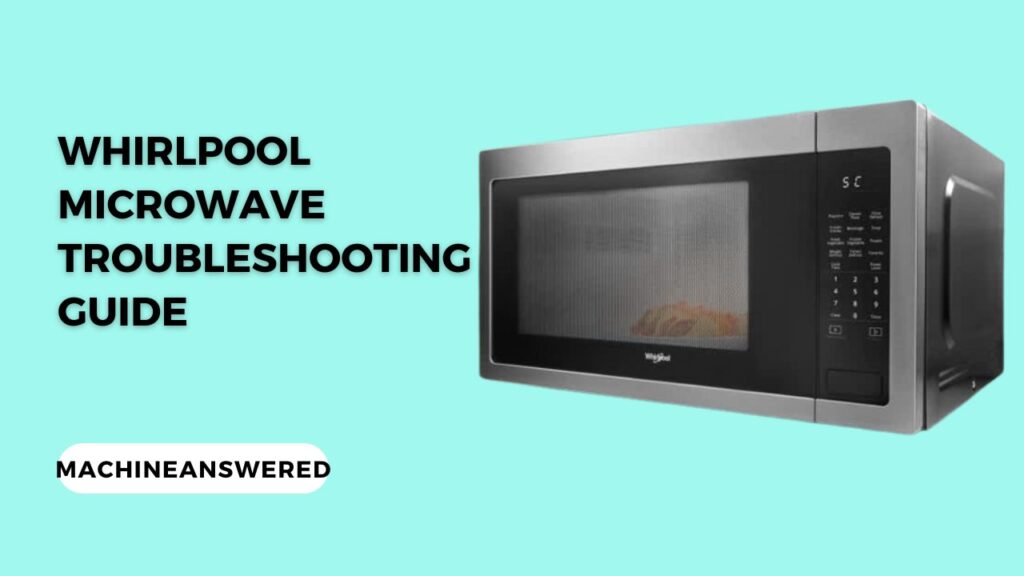
This image is property of machineanswered.com.

